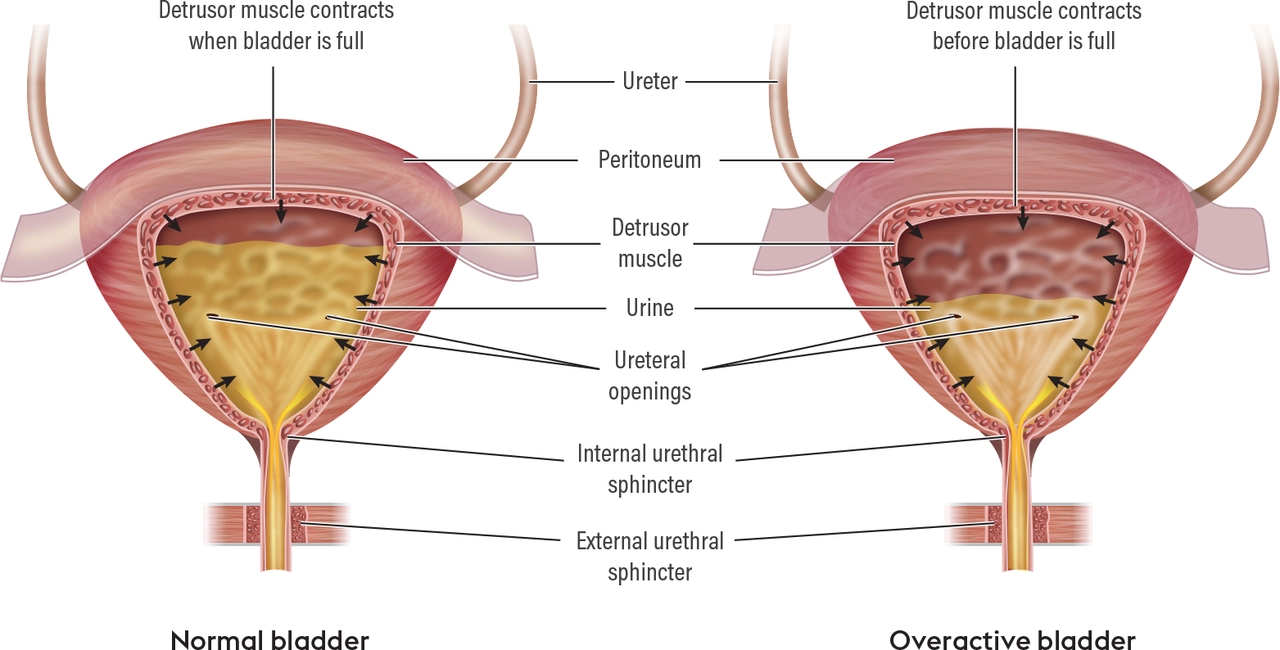As a blogger, I recently came across a fascinating treatment option for urinary incontinence called Mirabegron. This medication works by relaxing the bladder muscles, which helps to increase its capacity and reduce the urgency to urinate. Since starting my research, I've learned that Mirabegron has proven to be an effective and safe option for managing symptoms, especially for patients who cannot tolerate anticholinergic drugs. I'm delighted to share this valuable information with my readers, as it could potentially improve the quality of life for those struggling with urinary incontinence. Don't hesitate to consult your doctor if you think Mirabegron might be a suitable treatment option for you.
Mirabegron: what it is and how it helps an overactive bladder
Mirabegron is a prescription medicine used to treat overactive bladder (OAB) — frequent urges, leaking, or getting up at night to pee. Unlike older drugs for OAB, mirabegron works on beta-3 receptors in the bladder to relax the muscle that holds urine. That means fewer urges and longer gaps between bathroom trips for many people.
If you’re thinking about mirabegron, here are the things most people want to know first: how to take it, what side effects to watch for, and when to call your doctor. Below I give clear, practical tips so you can use the drug safely and get realistic expectations.
How to take mirabegron and dosing basics
Mirabegron is taken by mouth once a day. Typical starting dose is 25 mg daily; doctors may increase it to 50 mg daily if needed. Take it at the same time each day — with or without food works. If you have moderate or severe kidney or liver problems, your prescriber may use a lower dose or avoid it. Don’t stop suddenly without checking with your doctor; they’ll advise the best plan.
It can take a few weeks to notice a real change. If you don’t see improvement after 4–8 weeks, talk to your provider about adjusting dose or trying a different option. Mirabegron is sometimes used together with antimuscarinic bladder drugs when one medicine alone isn’t enough.
Side effects, interactions, and safety tips
Common side effects include headache, constipation, and stuffy nose. A more important concern is blood pressure: mirabegron can raise it, so your doctor should check your blood pressure before and during treatment. If you feel a racing heartbeat, chest pain, or sudden dizziness, stop the drug and seek medical help right away.
Mirabegron can affect how your body handles other medicines because it inhibits the enzyme CYP2D6. That may raise levels of drugs like some beta-blockers, certain antidepressants, and others. Always tell your doctor or pharmacist about every medicine and supplement you take so they can check for interactions.
Pregnancy and breastfeeding: there isn’t enough solid human data. If you’re pregnant, planning pregnancy, or breastfeeding, discuss risks and alternatives with your clinician.
Practical tips: track your bathroom visits in a simple diary for a week before starting and again after a month — it helps you and your doctor see if the drug is working. Measure your blood pressure at home if you can. And never mix mirabegron with drugs that make you retain urine unless your doctor approves, especially if you have a history of urinary retention or severe prostate enlargement.
Want more details? Our site has related articles on bladder medications, side effects like weight changes with other drugs, and safe ways to buy prescriptions online. If you’re unsure whether mirabegron is right for you, book a chat with your provider — they can match the drug choice to your symptoms and health profile.

